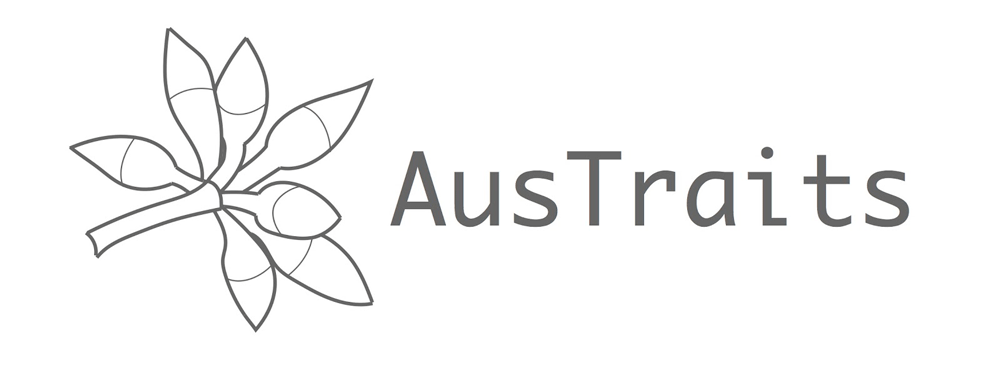Online Resources
Occurrence records map (0 records)
Datasets
datasets have provided data to the Atlas of Living Australia for this subspecies.
Browse the list of datasets and find organisations you can join if you are interested in participating in a survey for species like Crepis vesicaria subsp. taraxacifolia () ex
Types
Specimens
Images
Misidentified

Names and sources
| Accepted Name | Source |
|---|---|
| Crepis vesicaria subsp. taraxacifolia () ex |
|
| According to:Council of Heads of Australasian Herbaria (2011), Australian Plant Census | |
| Published in:Schinz, H. & Keller, R. (1909), Flora der Schweiz Edn. 3, 1 [594] | |
|
Combination made by indirect reference to the basionym, Crepis taraxacifolia. Publication of the name Crepis vesicaria subsp. taraxacifolia is frequently cited as Fl. Schweiz 3rd edn, 2: 361 (1914), however this is a secondary reference to the combination which is made in Fl. Schweiz 3rd edn, 1: 594 (1909). Authorship of the combination is attributed to Thellung, rather than "Thell. ex Schinz & R.Keller" (see Fl. Schweiz 3rd edn, 1: 9 (1909) and ICBN Art. 46.2 (2006)). |
|
| Synonym | Source |
|---|---|
| Crepis vesicaria subsp. haenseleri ( ex ) heterotypic |
|
| Published in:Sell, P.D. (1975), Taxonomic and nomenclatural notes on the Compositae Subfam. Cichorioideae. Botanical Journal of the Linnean Society 71 [254] | |
| Crepis vesicaria var. taraxacifolia () homotypic |
|
| Published in:Boivin, J.R.B (1967), Le Naturaliste Canadien 94 [523] | |
| Barkhausia haenseleri ex heterotypic |
|
| Published in:Candolle, A.P. de in Candolle, A.P. de (ed.) (1838), Compositae. Prodromus Systematis Naturalis Regni Vegetabilis 7(1) [153] | |
| Barkhausia taraxacifolia () homotypic |
|
| Published in:Candolle, A.P. de & Lamarck, J.-B.P.A. de M. de (1805), Flore Francaise Edn. 3, 4 [43] | |
| Crepis taraxacifolia homotypic |
|
| Published in:Thuillier, J.L. (1799), Flore des Environs de Paris Edn. 2 [409] | |
| Crepis biennis misapplied |
|
| Published in:Linnaeus, C. (1 May 1753), Species Plantarum 2 [807] | |
| Crepis taraxifolia unreviewedSynonym orth. var. |
|
| Common Name | Source |
|---|---|
| Bladder Hawksbeard preferred Australia Australia | |
| Dandelion Hawksbeard Australia Australia |
|
| Dandelion Hawksbeard Australia Australia |
|
| Name | Source |
|---|---|
| Crepis vesicaria subsp. taraxacifolia () ex accepted |
|
|
Combination made by indirect reference to the basionym, Crepis taraxacifolia. Publication of the name Crepis vesicaria subsp. taraxacifolia is frequently cited as Fl. Schweiz 3rd edn, 2: 361 (1914), however this is a secondary reference to the combination which is made in Fl. Schweiz 3rd edn, 1: 594 (1909). Authorship of the combination is attributed to Thellung, rather than "Thell. ex Schinz & R.Keller" (see Fl. Schweiz 3rd edn, 1: 9 (1909) and ICBN Art. 46.2 (2006)). |
|
| Identifier | Source |
|---|---|
| https://id.biodiversity.org.au/node/apni/2912782 Taxon current |
|
| https://id.biodiversity.org.au/instance/apni/721704 Taxon Concept current |
|
| https://id.biodiversity.org.au/name/apni/84595 Scientific Name current |
|
| http://id.biodiversity.org.au/node/apni/2912782 Taxon unknown |
|
Classification
- kingdom
- Plantae
- phylum
- Charophyta
- class
- Equisetopsida
- subclass
- Magnoliidae
- superorder
- Asteranae
- order
- Asterales
- family
- Asteraceae
- genus
- Crepis
- species
- Crepis vesicaria
- subspecies
- Crepis vesicaria subsp. taraxacifolia
Charts showing breakdown of occurrence records (0 records)
Name references found in the Biodiversity Heritage Library
| Data sets | Licence | Records |
|---|

The trait data shown here are a selection from AusTraits, an open-source, harmonised database of Australian plant trait data, sourced from individual researchers, government entities (e.g. herbaria) or NGOs across Australia. Traits vary in scope from morphological attributes (e.g. leaf area, seed mass, plant height) to ecological attributes (e.g. fire response, flowering time, pollinators) and physiological measures of performance (e.g. photosynthetic gas exchange, water-use efficiency.)
These traits are a sampler of those available in AusTraits. The data presented here are summary statistics derived from all field-collected data on adult plants available from AusTraits. Since the data presented are derived from the wide variety of sources in AusTraits, both the numeric trait statistics (min, mean, max) and categorical trait summaries (frequency of each trait value) that have been merged together could include data collected using different methods. The values presented for this species may reflect a summary of data from one or many sources, one or many samples from one or many adult plants at one or many locations. They may therefore differ from those presented elsewhere on the ALA platform and users are encouraged to download a spreadsheet of the full AusTraits data for this species via the download CSV button to view the accompanying details about the data sources before further use.
Categorical Traits
* Data sources in AusTraits report multiple values for this trait, suggesting variation across the taxon's range and life stages. Please download the raw data with information about the context of data collection to assess whether they are relevant to your project.| Trait Name | Trait Value | Definition |
|---|
Numeric Traits
| Trait Name | Min | Mean | Max | Unit | Definition |
|---|
